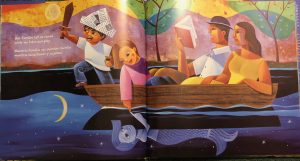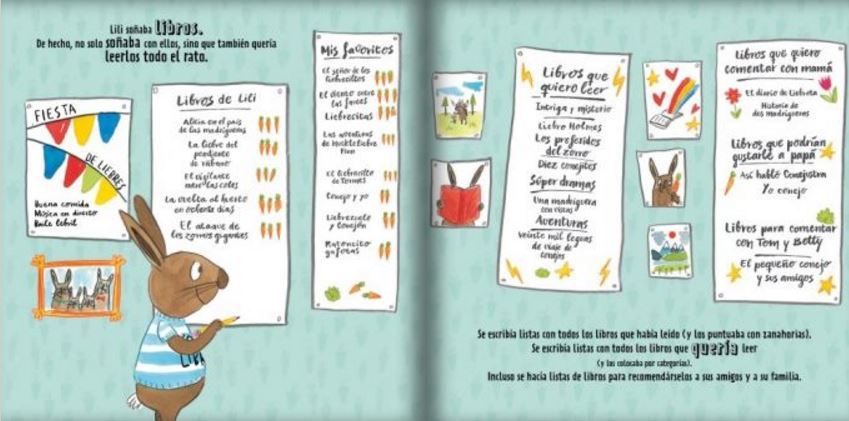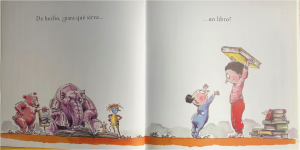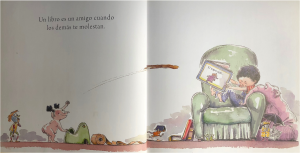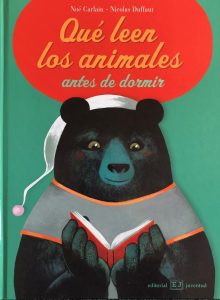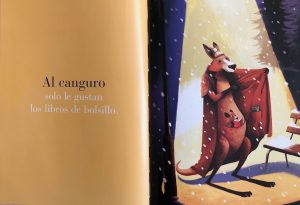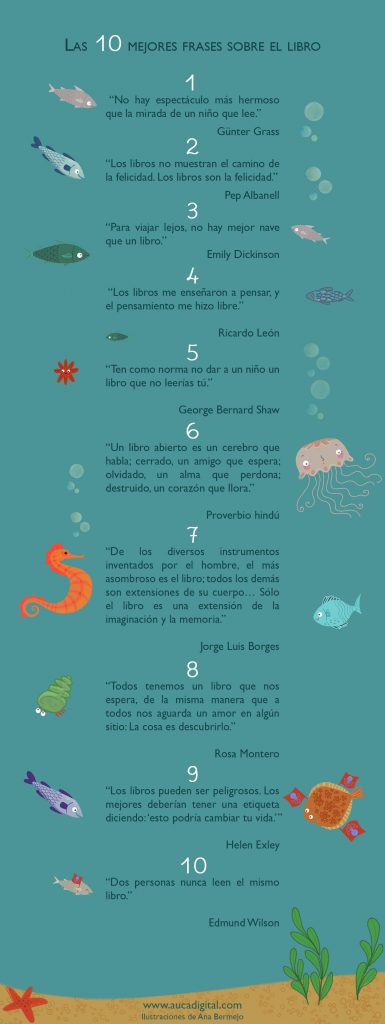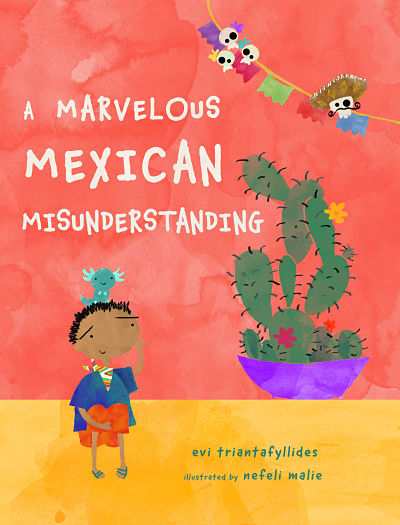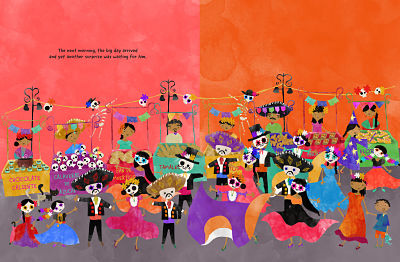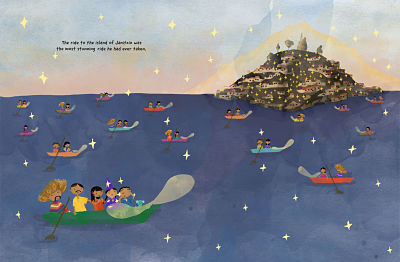My very intense teaching week ends on Thursday evening, freeing up a week day to spend as I wish, and I was once more glad that I don’t teach on Fridays as it meant that I could attend a delightful day in London learning all about the Primary Latin Course. An early start and a cramped train journey both ways didn’t even dampen my excitement to find out about it (on the way) and enthusiasm to start sharing it (on the way back).
I could explain myself what the Primary Latin Course is but their blurb does it far better!
[The Primary Latin Course] has been designed working with UK primary teachers to help schools deliver Latin and Roman civilisation – without the need for any background in Latin. The course provides a gentle introduction to the Latin language for pupils in Years 3 – 6, aiming to establish reading fluency of simple sentences. Language learning is fully integrated into an immersive cultural and archaeological course set in ancient Herculaneum. The course is driven by photographs and evidence from the ancient site for pupils to explore and investigate.
All our materials are hosted online and available for free. There are Latin stories with clickable vocabulary and embedded audio, interactive reconstructions, online games, downloadable worksheets, activities and teacher’s guides.
 During the day, delegates were taken through a couple of chapters of the course, experiencing learning Latin using the course, noticing and commenting on things about the language, admiring the amazing illustrations predominantly coming from actual things found in Herculaneum and marvelling at the quality and wealth of content available – for free! Will and Laila were excellent hosts, aided by Hannah and Tony amongst others, and the day was delivered in partnership with the Museum of London who allowed us access to their Romans exhibition as well as an artefact handling session. It was quite mind blowing knowing that I was touching things that were about 2000 years old!
During the day, delegates were taken through a couple of chapters of the course, experiencing learning Latin using the course, noticing and commenting on things about the language, admiring the amazing illustrations predominantly coming from actual things found in Herculaneum and marvelling at the quality and wealth of content available – for free! Will and Laila were excellent hosts, aided by Hannah and Tony amongst others, and the day was delivered in partnership with the Museum of London who allowed us access to their Romans exhibition as well as an artefact handling session. It was quite mind blowing knowing that I was touching things that were about 2000 years old!
As usual I sketch noted as much as I could and the outcomes are below. I hope they’re helpful!
Here are some links from the notes that I want to underline – and also so you can click them!
Museum of London – Roman London (permanent exhibition)
Museum of London – London Docklands – Roman Dead (26/05/18-28/10/18)
Classics for All – an organisation that champions Classics in schools who offer grants
It was a high quality day and I’d thoroughly recommend you attending if you get the opportunity. I’ve been inspired to start a Latin Club at school – well, potentially at both schools! I’m looking forward to learning more as I explore the site and also to learning with the pupils. Watch this space for more news. And if you have any advice, leave me a message below!

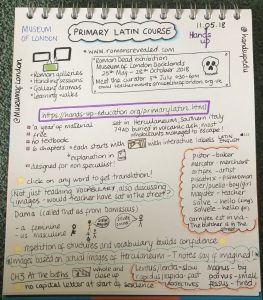
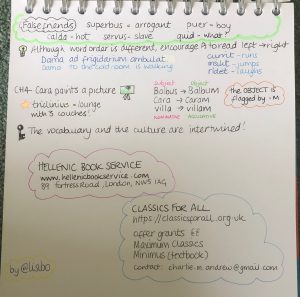
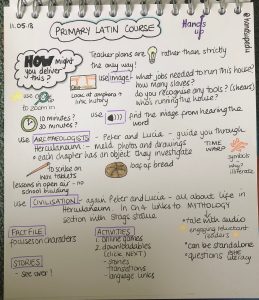
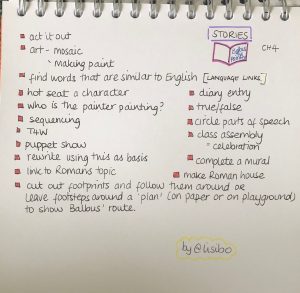
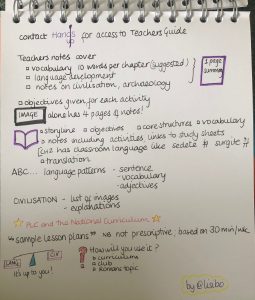
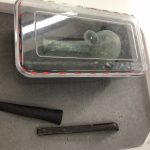

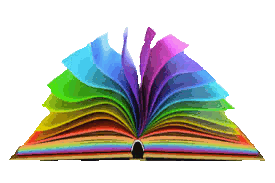
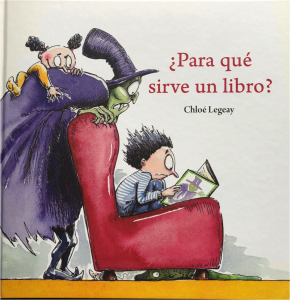
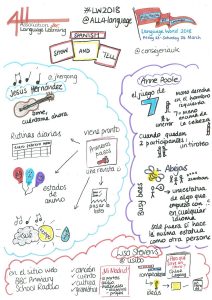
 A little later than planned, and with huge apologies, here are my presentations from the East Midlands Primary Languages Conference held on Nottingham on 5th December!
A little later than planned, and with huge apologies, here are my presentations from the East Midlands Primary Languages Conference held on Nottingham on 5th December!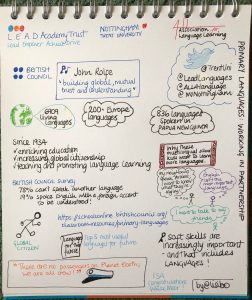 A marvellous keynote by the ever effervescent John Rolfe.
A marvellous keynote by the ever effervescent John Rolfe.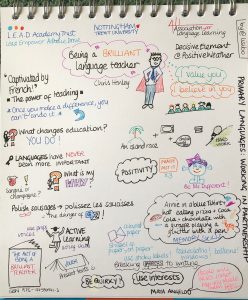 An inspiring session by Chris Henley about being BRILLIANT – finding my WHY? and being Ms Different.
An inspiring session by Chris Henley about being BRILLIANT – finding my WHY? and being Ms Different.
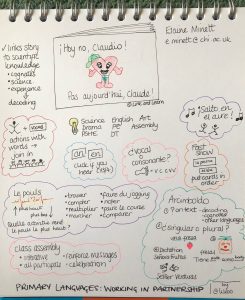
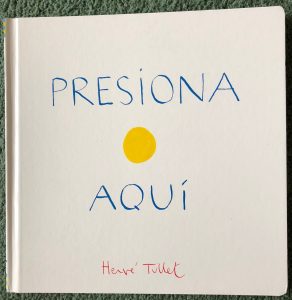
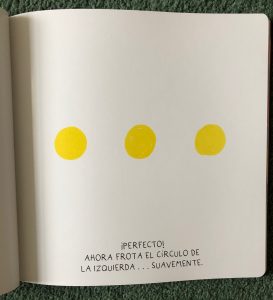
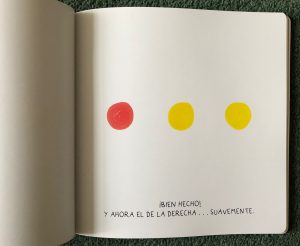
 One of the sessions I attended at Language World was given by
One of the sessions I attended at Language World was given by 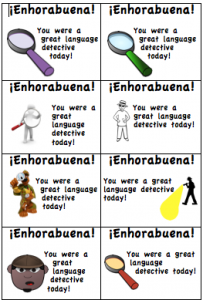
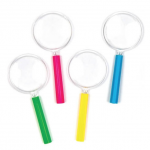
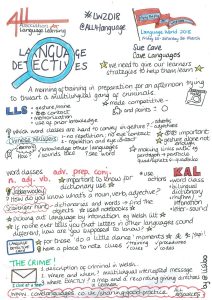
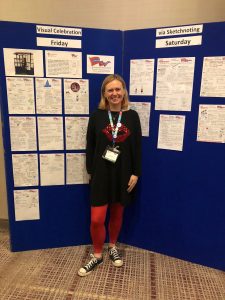
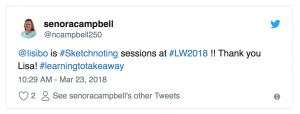
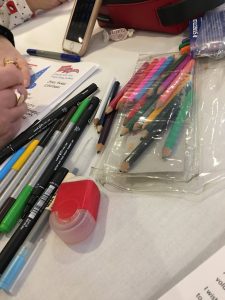
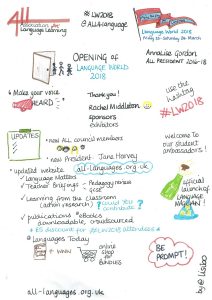
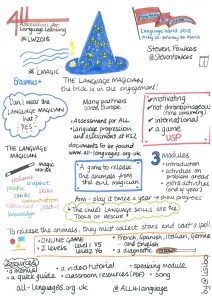
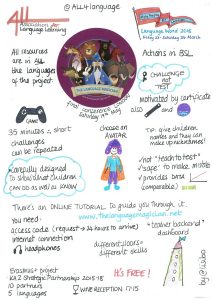
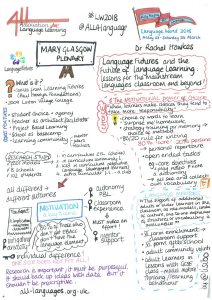
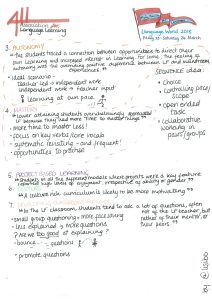
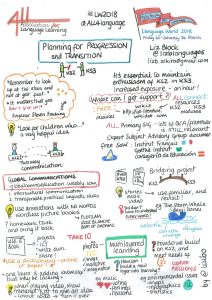

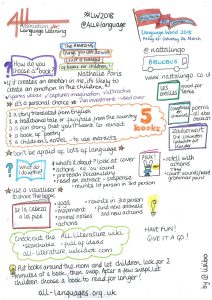
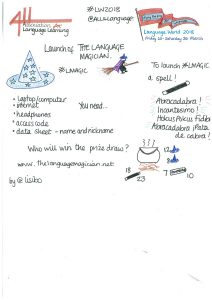
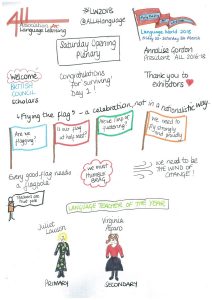
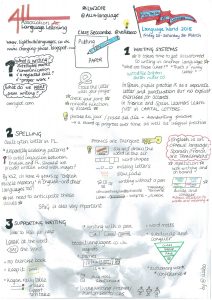

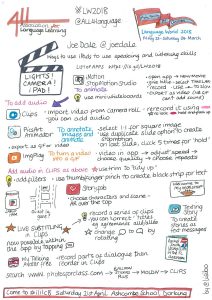
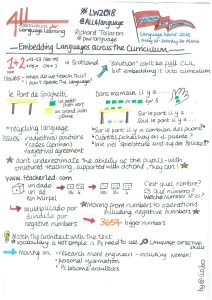
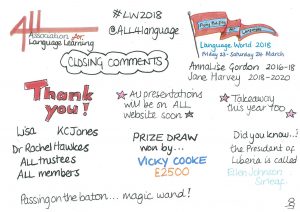
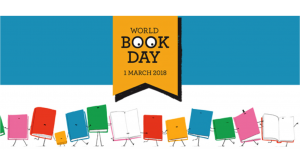
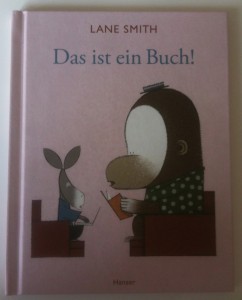
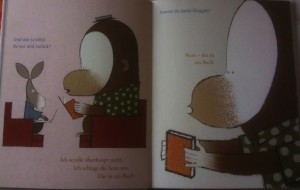
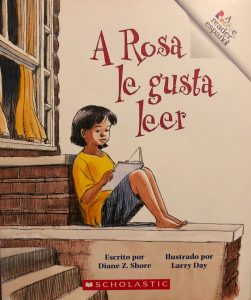 A Rosa le gusta leer.
A Rosa le gusta leer.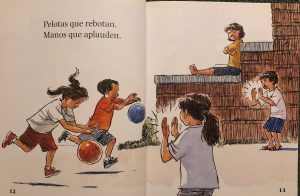

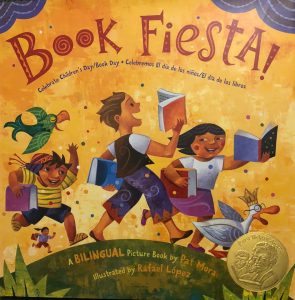 Book Fiesta
Book Fiesta